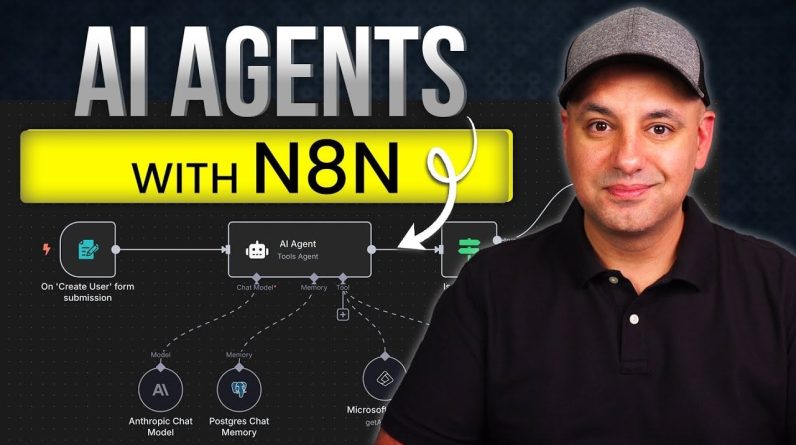
As we approach the 2025 holiday season, and consumers grow more pessimistic about the economy and confidence continues to decline, according to new data from The Conference Board, retailers face both opportunity and uncertainty.
Even as high grocery and housing costs continue to drive anxiety, the adoption of digital tools to help consumers save as they shop, including artificial intelligence chatbots, is accelerating. Wildfire’s 2025 Consumer Shopping Report found that 61 percent of U.S. shoppers have now tried AI tools such as ChatGPT — three times as many as one year ago. Report findings also highlight the “wait and see” attitudes held by consumers when it comes to AI shopping agents. Based on the survey, shoppers will only make them part of their routine once they see proof that the tools are saving money, saving time, and offering risk/fraud protection.
For retailers, the challenge is to provide this proof in tangible, frictionless ways. Below are four strategies to surface these benefits and prove AI tools’ value.
1. Educate consumers with contextual tips, not tutorials.
Many shoppers haven’t connected AI to shopping yet. In fact, more than half of our survey respondents said they use AI but “they never thought to use it that way.” Educating consumers about using AI tools for shopping is more about embedding proof contextually into the shopping flow. A chatbot could detect when a shopper is in a product-related chat and offer prompts like, “Want me to check for cashback?” at checkout or “Compare prices now?” — especially on marketplace sites like Walmart or Amazon.com where many similar products are offered.
These changes to general-purpose AI chatbot prompts would need to come from the AI platforms themselves. Meanwhile, retailers can certainly modify their own AI chatbots to include “prompt templates” that encourage a customer to “find a coupon for this product,” “summarize reviews for this product,” “find me the best price,” etc., to showcase what’s possible in a shopping context.
Amazon recently took this one step further, adding AI-voiced summaries of product reviews to help alleviate the cognitive load of combing through thousands of reviews.
2. Encourage sharing ‘safe’ data and be transparent about its use.
Wildfire’s survey found that 69 percent of consumers would share low-stakes data such as sizes, favorite brands, or past purchases if that made AI recommendations more useful. However, consumers are wary of sharing demographics or browsing history.
This is where transparency matters. Similar to how they use customer data in a loyalty program by recognizing repeat-purchase brands, spend levels or clothing sizes to offer personalized perks, retailers should also “show their work” when employing the data supplied to an AI chatbot or agent. For example, explain why an item was recommended, how a coupon was matched, or where price comparisons came from. The AI Commerce Brief likens this to a “nutrition label” for AI. Demonstrating transparency turns AI-powered personalization from an opaque black box into visible value for the consumer.
3. Build trust with rewards as proof, not just perks.
Trust in AI hinges on alignment with consumers’ best interests. Three-quarters of consumers say they would trust AI recommendations more if they earned cashback or rewards on purchases they make from those recommendations.
Conversely, ads erode shopper confidence: 65 percent say a chatbot monetization model based on ads makes AI recommendations less trustworthy.
That makes shopping rewards part of the trust architecture. When AI “pays back” shoppers by sharing financial benefits with them, it proves the system is working on their behalf.
When it comes to agentic commerce, retailers can reinforce this further by linking agent flows to loyalty programs, merchant-funded cashback, or verifiable savings summaries showing the “paper trail” of how AI saved the consumer money.
4. Start with low-stakes automation and scale up.
Wildfire’s survey respondents said they’re most comfortable letting AI agents handle low-cost items such as groceries, recurring product reorders, and household basics under $20. Consumer confidence in AI agents is inversely proportional to price: the higher the order value, the lower the comfort with delegating purchases to an AI agent.
Retailers should leverage agents beginning with frictionless wins on small, repeatable purchases, then expand to higher-value orders once success with lower-cost items is proven. Each successful order builds the credibility needed for consumers to trust a bigger share of their shopping budget to agents.
The Bottom Line: Proof Before Commitment
This holiday season, the brands that succeed will be those quietly proving AI’s value. Right now, shoppers’ bargain with AI is this: give me savings, give me speed, and protect me from risk … and then I can trust you enough to commit. Retailers can secure lasting loyalty in the AI era by showing, not just telling, how AI benefits the shopper.
Tristan Barnum is chief marketing officer and head of AI innovation at Wildfire Systems, a white-label loyalty platform.








